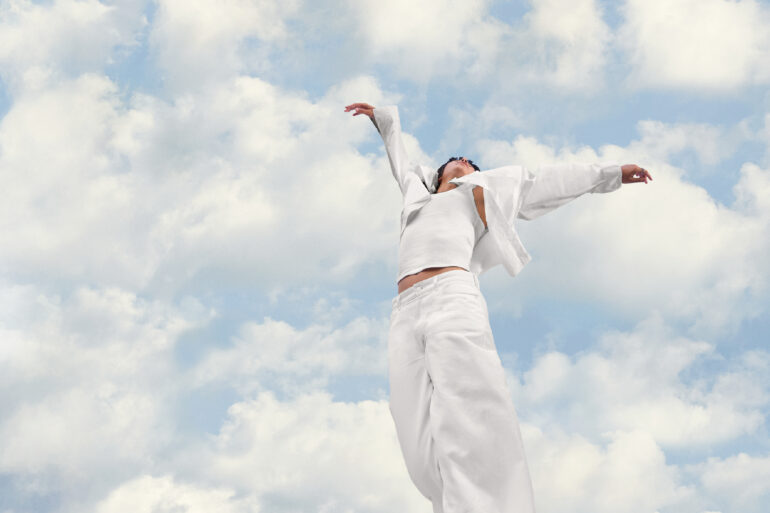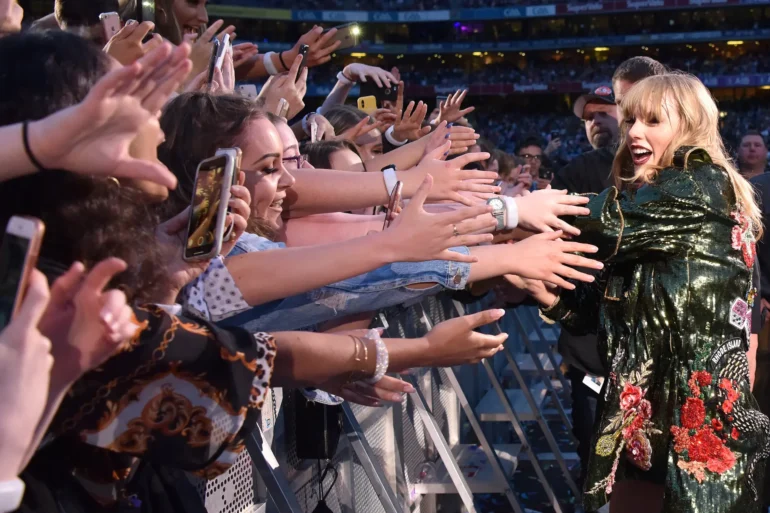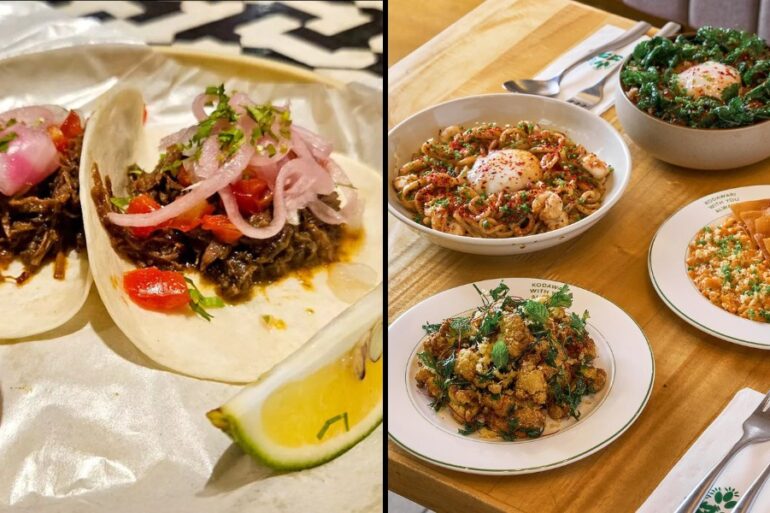The World Happiness Report shows that Filipinos are almost back to pre-pandemic levels when it comes to happiness. Here’s why a critical eye could be the key to improving our standing.
Filipinos have been pictured as fun-loving people who can find humor and joy amid the stresses and challenges of life. If we’re not churning out funny memes by the second, we’re gathering with friends and family for a round of drinks or a karaoke marathon. And if disaster strikes, we find ways to smile through the pain and come back stronger.
The results of this year’s World Happiness Report (WHR) seem to reinforce this, what with the Philippines’ jump from last year’s 76th place to 53rd in 2024. This is a spot shy from the country’s pre-pandemic ranking of 52nd back in 2020. This also places us second in Southeast Asia, just behind 2024’s 30th placer, Singapore.
How does one measure something that’s as complex as happiness to rank the world’s countries? According to the WHR, they gather data from the Gallup World Poll Surveys—in 2024’s case, it uses information from 2021 to 2023. The polls ask life evaluation questions using the Cantril Ladder method: respondents are tasked to imagine a ladder whose top rung (10) represents the best possible life, and the lowest rung (0) as the worst. They are then asked to rate their current lives across that scale.

The report also looks at these six factors: GDP levels, life expectancy, generosity, social support, freedom, and corruption, and how they may influence how a respondent ranks their happiness against the Cantril Ladder. Hence, it is possible that a country with rampant corruption could choose not to think of it as a deterrent to their happiness; therefore, it could potentially rank higher in the list amid its corruption woes—though that’s such an escapist, albeit familiar, example.
As much as happiness is seen as a Filipino trait, I think it’s also distinctly Filipino to scratch one’s head and utter, “Ha? In what universe are we some of the happiest people in the region?” Here, it’s easy to think about things like the dreadful traffic, unfair labor conditions, disrespect toward nature and heritage sites, people in power who seem to be ill-equipped to be where they are—but I digress.
Indeed, there’s much to be happy about considering our circumstances. It’s nice to see that there’s a general consensus that our citizens are becoming happier than ever—if you think about it, there was nowhere to go but up after the debilitating effects of the global pandemic.
However, this shouldn’t come at the expense of demanding accountability from those who could make us happier. Get somebody who can fix our traffic woes, for example, and Metro Manila will be a significantly more joyful place. Or, if we’re deriving much of our happiness by seeing how the country has grown in terms of GDP, are we getting to share that growth across various socioeconomic classes, or is the income gap getting wider than ever? And how can we be happy about living longer if it seems that the future seems uncertain because of climate change and brewing geopolitical conflict, among other things?
While it’s great to be happy, it should go hand-in-hand with being critical of what we’re happy about and the ways in which we could be even happier as Filipinos. Smiling against all odds without doing anything about those odds isn’t a sustainable path to genuine happiness.








